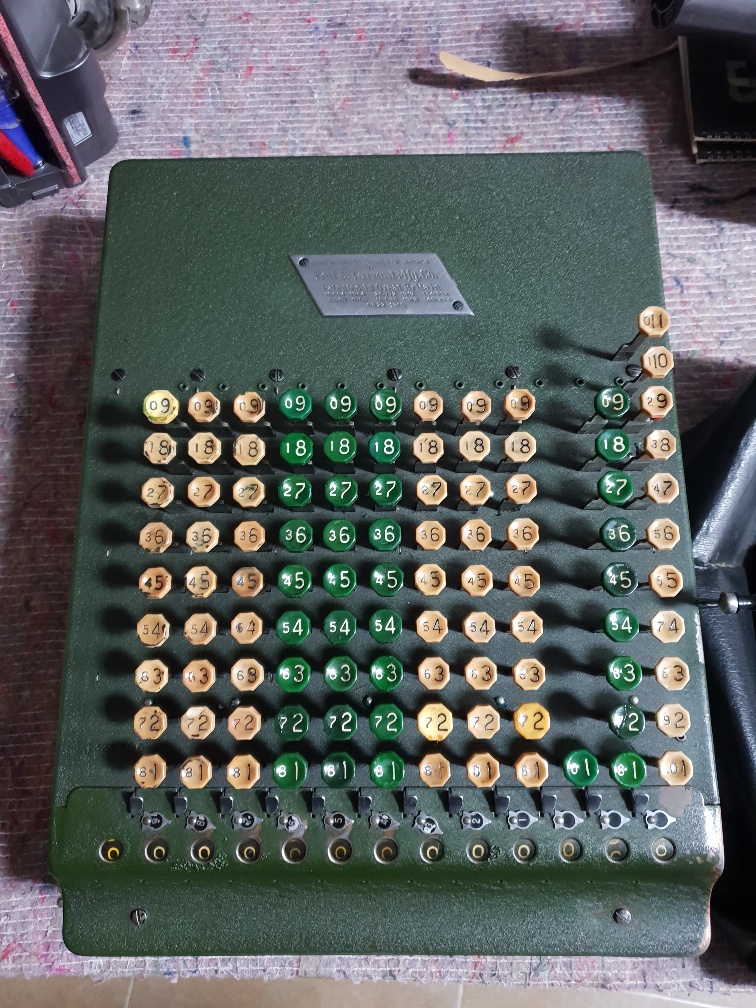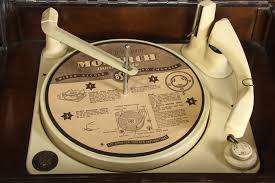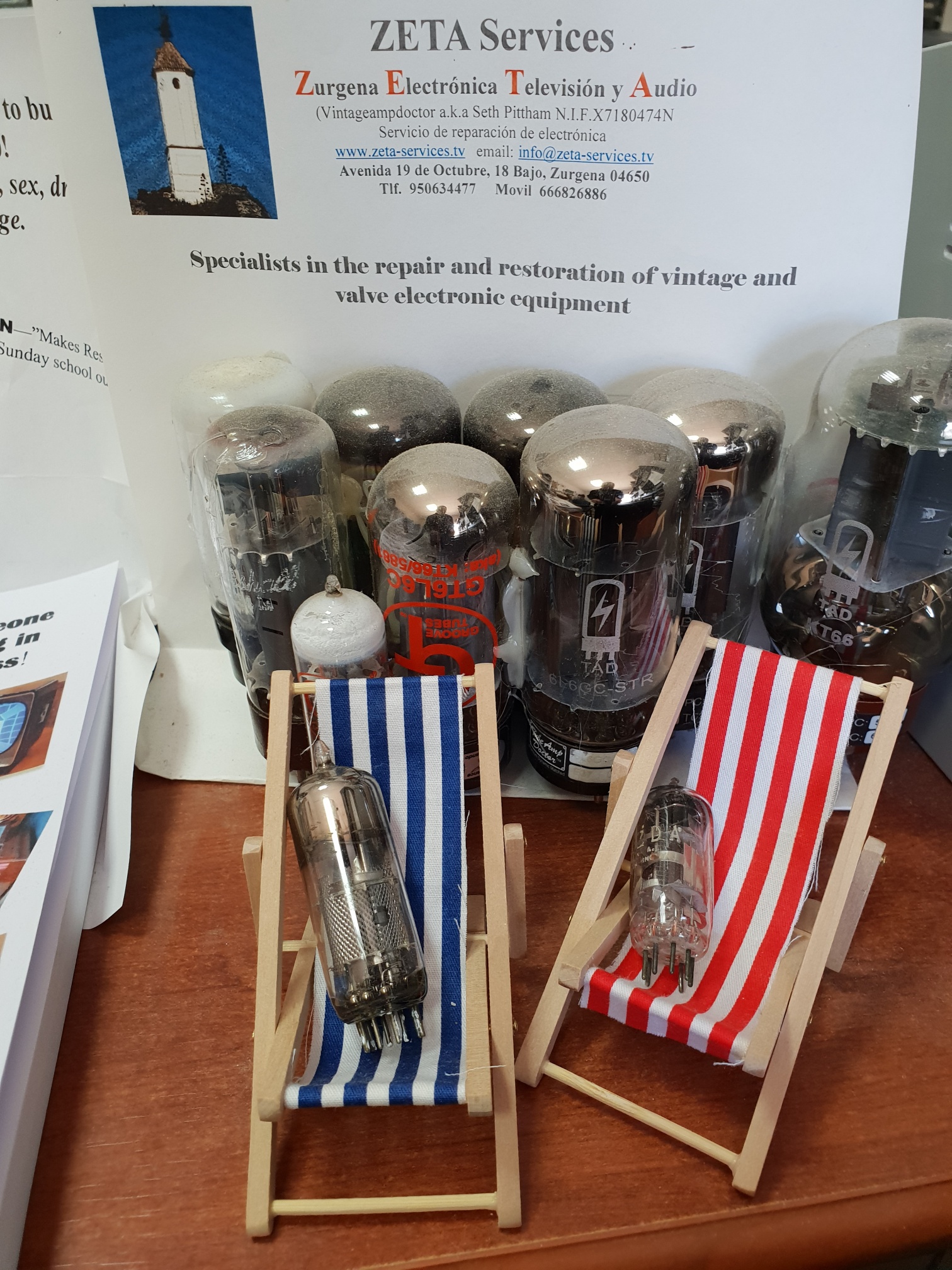
We have been digitally communicating with each other for well over a hundred years. We had Semaphore Watch Towers, and Railway Telegraphy where electromagnets, energized from far down the line, that would move indicators in signal boxes.
Our modern day Internet goes back to the late ‘50s. As a result of those naughty Russians popping up the first satellite, Sputnik, the US became even more paranoid. The Cold War was at its height and President Eisenhower wanted a communications network that could withstand THE BOMB. The Advanced Research Project Agency, ARPA, was set up.
In the mid ‘60s, a principle engineer at ARPA, Leonard Kleinrock, set up a network in which various computers, in different locations in the US, were connected together in a sort of matrix. The clever bit here was that the computers could carry on communicating amongst themselves, even if one or more of the links were cut (e.g. by a nuclear strike). This set the corner stone by which today’s internet was built.
Kleinrock continued to develop mathematical models where data would be transmitted between computers in so called “Packets”. A protocol called TCP/IP (Transmission Control Protocol / Internet Protocol) was born… ARPAnet. This is what we now use on a daily basis. It sort of goes like this: Everything we do on the internet, be it Skype calls, video streaming, emails, pictures etc. is all converted into data. A series of long streams of logical 1s and 0s (Bits), electrical on and offs. These streams of data are packaged up into convenient “Packets” of data for easy handling. Now each packet of data contains some additional information, such as an address, the order in which packet was made and the mathematical sum (Checksum) of all the Bits inside it added up. It’s a bit like a series of envelopes containing one word of a long letter being sent to a loved one.
Let’s say you want to send an email. The text, attached photos etc. are packaged by your PC and sent into this massive postage system called the internet. All the packets have addresses, so at some point will arrive at the destination PC. The Internet being this massive web of connections (making it resilient to parts being damaged), your packets could take one or more of millions of routes, depending on which path is available at that moment in time. Parts of your email could get to the destination via routes from, the US, India, Spain, UK and so on. They also will arrive at slightly different times and not in order! However, because each packet has an address, an order number, your PC will arrange everything correctly, leaving the email to make sense. If there are any errors in the packets, which the receiving machine will suss out because the checksum will be wrong, the receiving machine will politely ask the sending machine to resend that dodgy packet. As mentioned, even our speech (Skype for example) is sent as packets of data. When the speech goes all Darlek type, it’s normally due to poor local internet capacity, where packets are lost and or take too long to reassemble in order, making speech unintelligible. Remember, all this happens in the space of a few hundredths of a second! There you have it. Easy.
Whilst on the subject of the Internet, if you are struggling with your download speeds, buffering TV, poor Skype etc. speak to me about an alternative Internet system. Telplay is now becoming a serious contender in this area. Well established elsewhere in Spain, they have an independent network and guarantee the bandwidth you subscribe to, any time of the day or night. Talking to their engineers, it’s refreshing to see that they will not add users to a point where the network is overloaded and you end up contending for bandwidth. Call or email me for details. Zeta Services is an authorized Telplay reseller.
Speak soon. Seth Pittham Zeta Services








